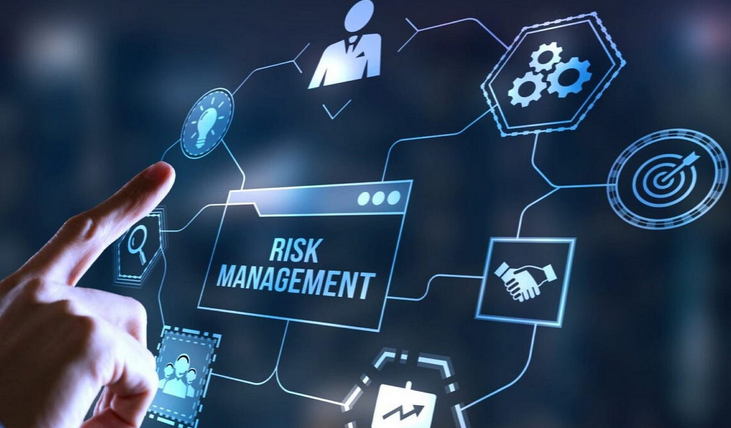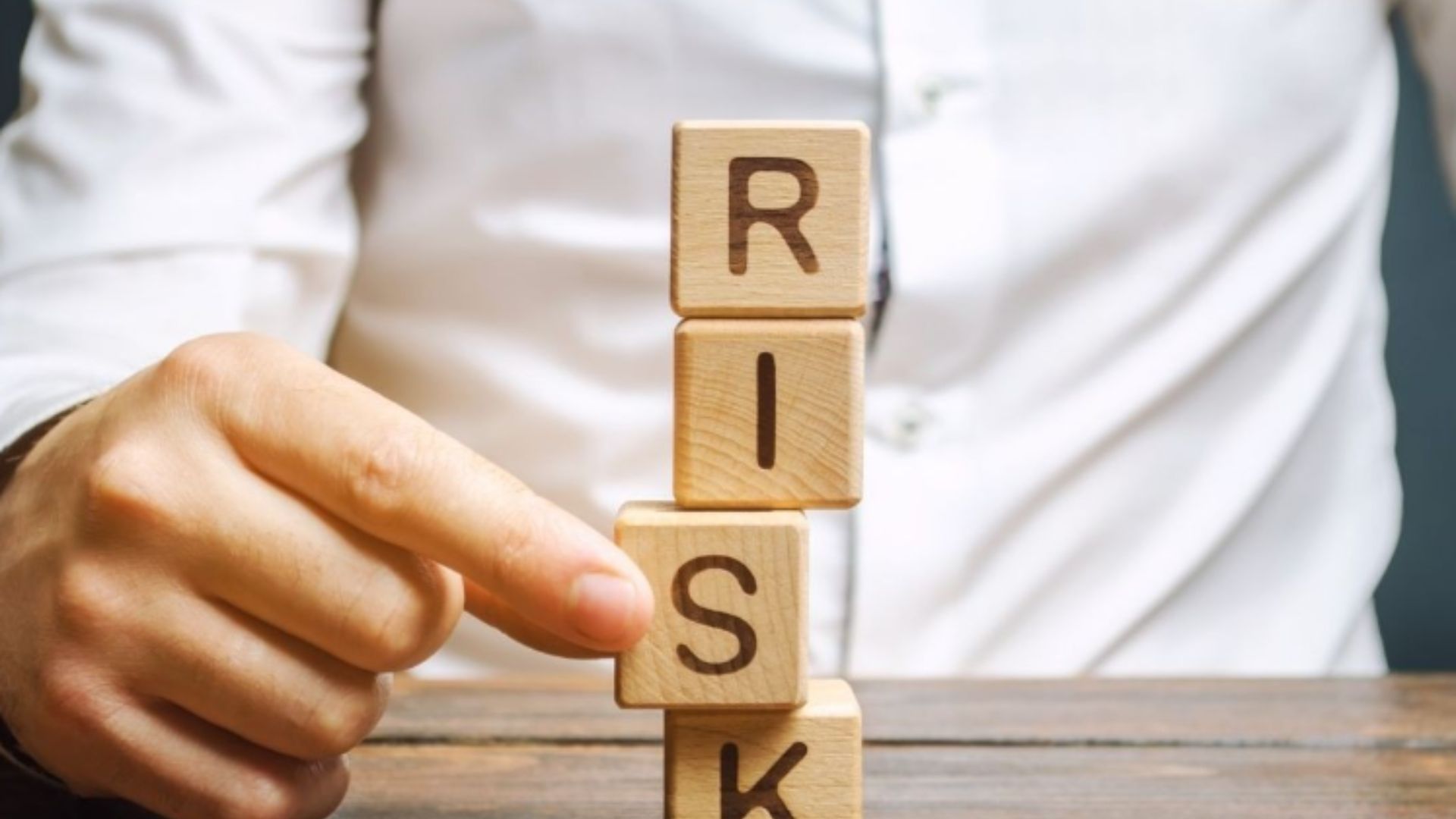In the dynamic landscape of business, risk management plays a critical role in ensuring the success and longevity of enterprises. By proactively identifying and mitigating potential risks, organizations can safeguard their assets, reputation, and bottom line. In this comprehensive guide, we’ll explore the importance of risk management in business and delve into effective strategies for identifying and mitigating risks.

1. Understanding Risk Management
Risk management involves the systematic process of identifying, assessing, and mitigating risks that may impact an organization’s objectives. It encompasses a range of activities, including risk identification, risk analysis, risk evaluation, and risk treatment. By implementing robust risk management practices, businesses can minimize the likelihood of adverse events and optimize opportunities for success.
2. Importance of Risk Management in Business
Effective risk management is essential for maintaining business continuity, protecting assets, and achieving strategic objectives. It enables organizations to anticipate potential threats and capitalize on opportunities while minimizing the impact of adverse events. By integrating risk management into decision-making processes. Businesses can enhance resilience, foster stakeholder confidence, and sustain long-term growth in a competitive environment.
3. Identifying Risks
The first step in risk management is to identify potential risks that may affect the achievement of organizational goals. Risks can arise from various sources, including internal factors such as operational inefficiencies, financial instability, and human error, as well as external factors such as market volatility, regulatory changes, and natural disasters. Conducting risk assessments, SWOT analyses, and scenario planning exercises can help businesses identify and prioritize risks based on their likelihood and potential impact.
4. Assessing Risks
Once risks are identified, the next step is to assess their severity and likelihood of occurrence. Risk assessment involves evaluating the potential consequences of each risk and determining the level of risk tolerance within the organization. Quantitative and qualitative risk assessment techniques, such as risk matrices, Monte Carlo simulations, and sensitivity analyses, can provide insights into the magnitude and nature of risks, allowing businesses to make informed decisions about risk mitigation strategies.
5. Mitigating Risks
After assessing risks, businesses must develop and implement appropriate risk mitigation strategies to reduce the likelihood and impact of adverse events. Risk mitigation strategies may include risk avoidance, risk reduction, risk transfer, and risk acceptance. Implementing internal controls, establishing contingency plans, diversifying business operations, and purchasing insurance are common risk mitigation measures that organizations can adopt to protect against unforeseen events.
6. Monitoring and Reviewing Risks
Risk management is an ongoing process that requires continuous monitoring and review to adapt to changing circumstances and emerging threats. Regularly monitoring key risk indicators. While conducting risk audits, and reassessing risk profiles allow businesses to stay vigilant and responsive to evolving risks. By maintaining a proactive approach to risk management, organizations can effectively mitigate risks and capitalize on opportunities for sustainable growth.
7. Conclusion
In conclusion, risk management is a fundamental aspect of business operations that enables organizations to navigate uncertainties and achieve their strategic objectives. By systematically identifying, assessing, and mitigating risks, businesses can enhance resilience, protect value, and sustain competitive advantage in today’s dynamic business environment. By integrating risk management into decision-making processes and fostering a culture of risk awareness, businesses can proactively manage risks and thrive in an increasingly uncertain world.



